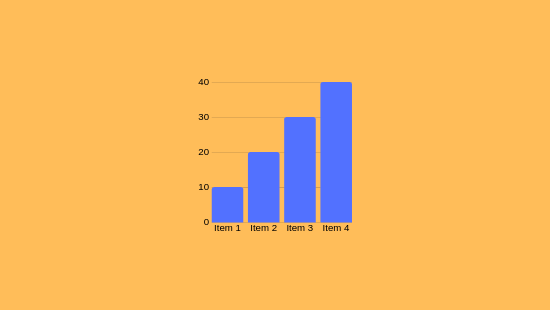
As you explore Forex indicators, you'll discover they're mathematical tools analyzing price and volume data to forecast market movements. These instruments assist in identifying market patterns, validating signals, and uncovering extreme market conditions scenarios. For example, the RSI gauges momentum, while Bollinger indicators assess volatility. Refining your trading strategy by integrating these metrics is essential, especially if aiming to control risks adeptly.
Grasping the Core of Forex Indicators
Forex indicators are mathematical aids embedded in charts to aid investors in analyzing market trends and executing calculated trades. They provide perspectives into price movements and market possibilities by processing historical and real-time data.
Forex indicators are divided into four primary groups: trend indicators (e.g., Moving Averages), momentum indicators (e.g., Relative Strength Index), volatility indicators (e.g., Bollinger Bands), and volume indicators.
These tools can signal reversals, confirm trends, or indicate extreme buying/selling. If you're focused on refining your trading strategy, grasping their roles is fundamental.
Types of Forex Indicators
When assessing market trends, investors usually employ a selection of measures to aid in decision-making.
Forex indicators can be grouped into different types, each fulfilling distinct functions.
Trend Indicators like Moving Averages (MA) and Bollinger Bands assist in detecting trends and possible price surges.
Momentum Indicators, including the Moving Average Convergence/Divergence (MACD) and Relative Strength Index (RSI), identify momentum changes and indicate excessive buying/selling.
Volatility Indicators like the Average True Range (ATR) measure fluctuations, assisting investors in setting stop-loss thresholds.
If used strategically, these tools can enhance trade outcomes.
Key Indicators for Trading Decisions
To effectively make trading decisions, understanding and applying key measures that analyze market conditions is imperative.
Moving Averages display average prices over determined timeframes, revealing trends by smoothing fluctuations.
The RSI gauges market force on a 0–100 scale, flagging overbought conditions above 70 and highlighting excessive sell below 30.
MACD compares two EMAs to confirm the trend direction, with graphical representations illustrating bullish or bearish phases.
Bollinger Bands utilize variability measures around a moving average to assess fluctuation and potential reversals.
Retracement intervals denote support/resistance zones considering historical shifts.
Combining these measures enhances precision by verifying signals if aligned, enabling exact timing for currency matchups.
Using Indicators for Risk Management
As you fine-tune investment methods, effectively utilizing measurement tools for risk management is crucial. Indicators like Moving Averages and Bollinger Bands notice volatility and identify potential entry/exit points for risk oversight.
These instruments allow for exact stop-loss orders and limit orders, critical for modulating potential losses.
For instance, applying stop-loss orders restricts your loss to a certain limit, such as 2% of your trading portfolio per trade. This disciplined tactic helps in managing trading risks by limiting exposure to fluctuations and leverage, which are significant challenges in currency trading.
Integrating Indicators for Improved Precision
Combining indicators is a sophisticated strategy for boosting precision in forex trading. This method allows for the leveraging of multiple tools to evaluate several facets of market behavior, such as trends, momentum, and variability.
By implementing indicators like Moving Averages, RSI, and MACD, you can craft formidable trading strategies. Instance given, pairing Moving Averages with RSI and Volume validates trend direction and momentum, while Bollinger Bands with Stochastic here discovers volatile scenarios and possible reversals.
If diverse measurement tools align, duplications are reduced, and investment prompts are uplifted.
Final Thoughts
You now grasp how forex indicators function, covering their diversities like trend, momentum, and volatility indicators. These instruments assist in spotting potential reversals and validating ongoing trends. By integrating indicators, trading precision is boosted, and risk management is better managed. As an example, using the Relative Strength Index (RSI) to spot overbought conditions and Bollinger Bands to evaluate volatility can refine your trade choices.